For over two millennia, many East Asian countries used a type of coin known as “cash” (not to be confused with ready money). It was a round coin with a distinctive square hole, cast in various metals depending on the time, place, and value. This archaeological site in Chichibu tells the story of cash and mining in Japanese history.
The first cash was minted in China during the Warring States period, around 475–221 B.C. As the subsequent coinage circulated around the empire and beyond, its shape became the basis for money across Asia. Imitations were issued far and wide, from Sogdiana to the Malay Archipelago, not to mention Vietnam, Korea, and Japan.
Japan’s first official coinage was issued by Empress Genmei on August 29, 708. Called Wadōkaichin or Wadō-kaihō, it was made from high-purity copper (wadō, or archaically nigi-akagane) collected from the mines in Chichibu, in the area now known as Wado.
The remains of the surface mining have been preserved to this day, and mountain trails through the thickets show the site where the copper was produced. It was first discovered around Hijiri Shrine, which was first built in 708 and has been through numerous reconstructions. It is home to several mineral specimens and Asuka period artifacts, including a Wadōkaichin, short sword, sample of the ancient nigi-akagane, and a pair of copper statues of centipedes. Allegedly a gift to the shrine from Empress Genmei, the centipedes represent mountain gods that protect mines and miners.
There are several cash-shaped monuments in the area as well, and close to the one at the mining site flows a small stream, where the collected copper was cleaned. According to folklore, to receive good luck, one should wash their coins in the stream and use them for saisen (offering to the gods) at Hijiri Shrine. Because of this and its association with coins, the shrine has earned the nickname Zenigami-sama, the Money God.
Know Before You Go
Hijiri Shrine is about 5 minutes by walk from Wado-Kuroya Station, and the site of surface mining is located 15 minutes further, commemorated by a large monument depicting the Wadōkaichin.
If you have an interest in numismatics but don’t have enough time to come to Chichibu (about 2 to 3 hours’ train ride from Tokyo), consider visiting the Currency Museum in Nihonbashi, Tokyo. The entry is free, and it will teach you the history of Japanese coinage with the Wadōkaichin on display and more.



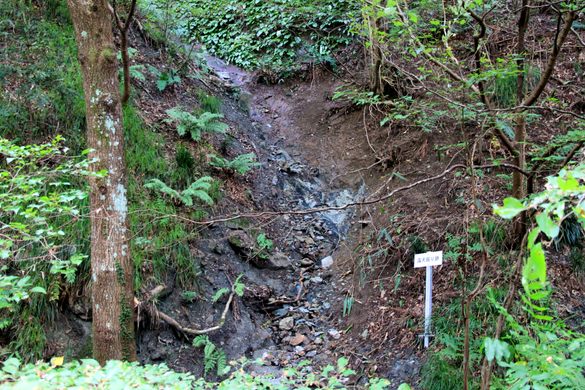









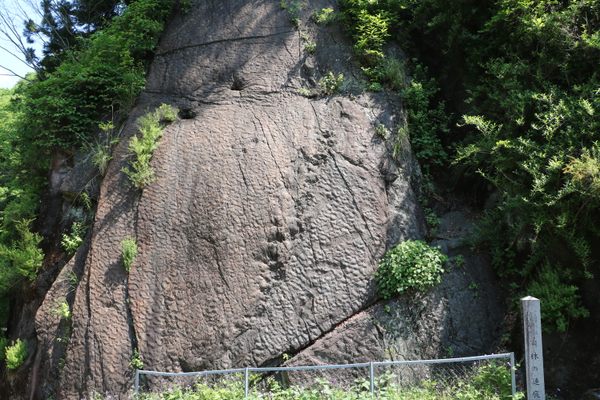
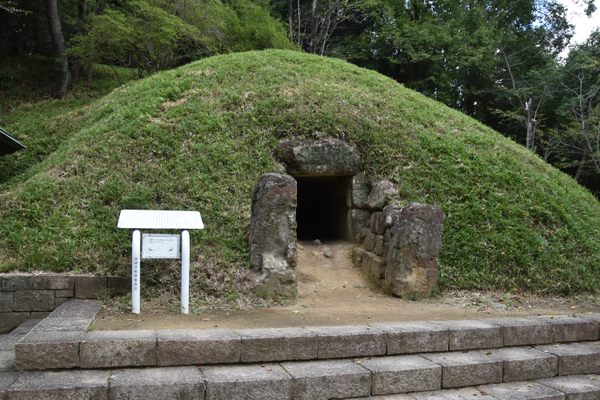
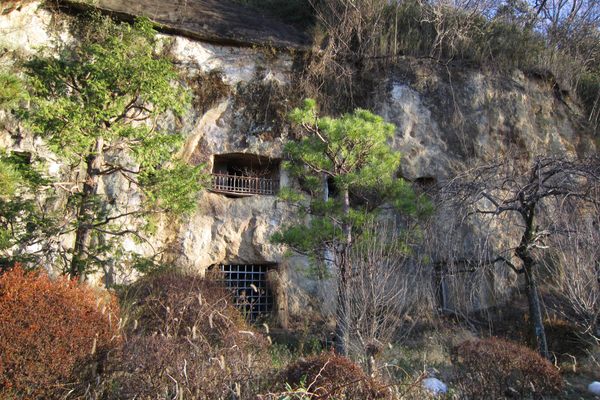


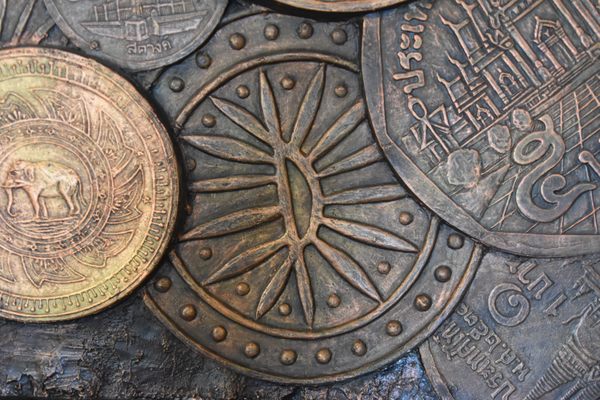
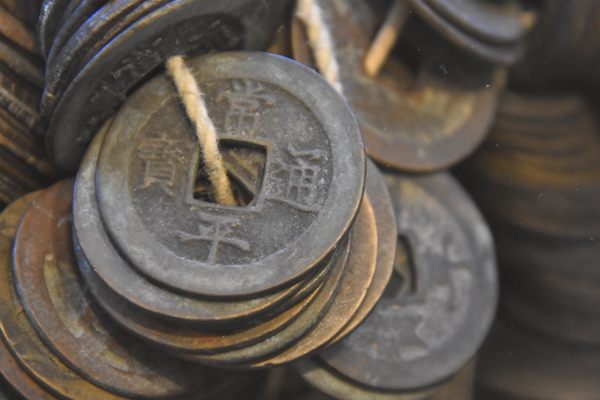

Follow us on Twitter to get the latest on the world's hidden wonders.
Like us on Facebook to get the latest on the world's hidden wonders.
Follow us on Twitter Like us on Facebook